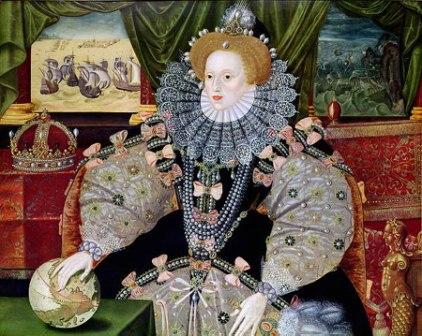 |
| The crowned Tudor Rose crest. Picture acquired through Wikimedia Commons. Image public domain. |
On this day in Tudor history in 1485, the Tudor dynasty officially began when Henry Tudor was crowned King of England, following his defeat of Richard III at the Battle of Bosworth Field.
 |
| A stained glass showing Richard III and Henry VII. St. James Church, Sutton Cheney. Photo shared for public use on Wikimedia Commons by John Taylor. |
The day was not only a public celebration, but a personal one, as Henry VII was reunited at Westminster Abbey with his mother, Margaret Beaufort, whom he had not seen for 17 years.
 |
| A portrait of Margaret Beaufort. By Maynard Waynwyk, before 1523. In the collection of the Marquess of Salisbury, Hatfield House. Picture acquired through Wikimedia Commons. Image public domain. |
To celebrate the birth of the Tudor dynasty, view our Henry VII & Elizabeth of York Pinterest board.







